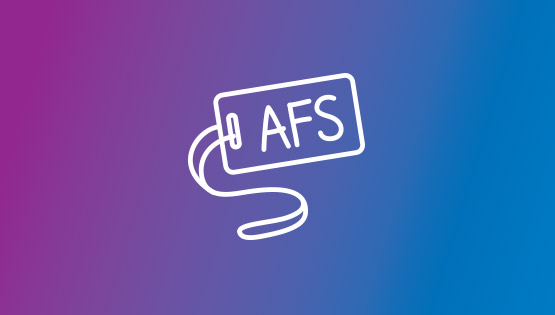The world’s second largest country, Canada stretches way into the Arctic and includes just about every terrain: Rocky Mountains, prairies, rugged coasts, sandy beaches, fertile valleys and cosmopolitan cities. Canada’s diverse heritage is united by a national passion for ice hockey.
Canadian teenagers love clubs and activities involving sports, orchestra, newspaper and drama. Student government is also an important and becoming more influential in school policies. You may be surprised by how many teenagers in Canada have after school jobs, such as babysitting or working at a local coffee shop.
AFS Youth exchange in Canada english
AFS Youth exchange in Canada french



